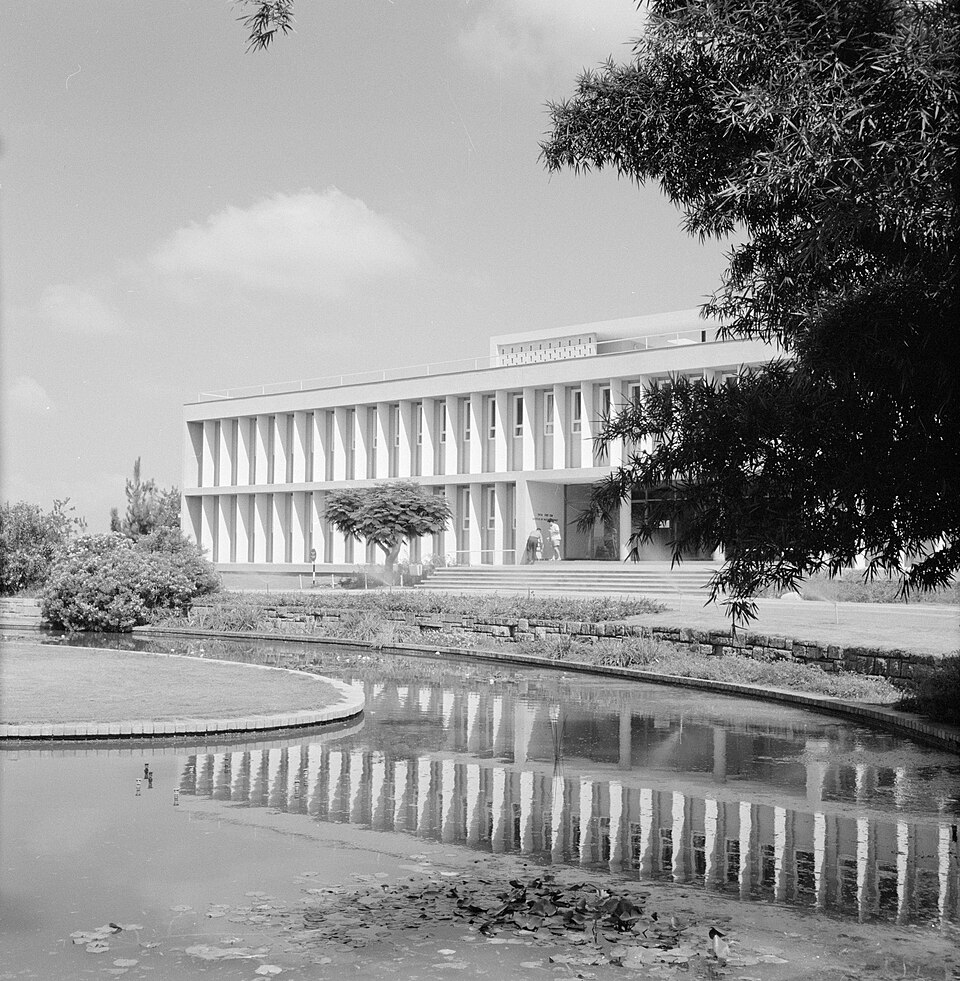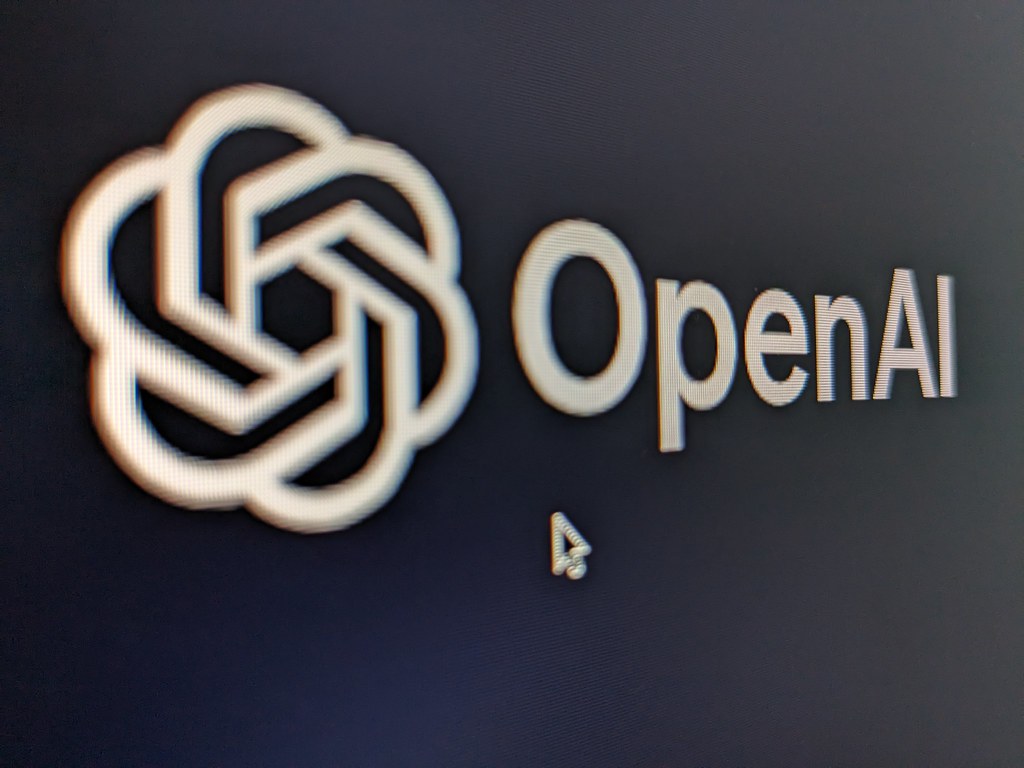The project’s journey began at Louisiana State University but now spans universities, U.S. national laboratories, and European research centers. That trajectory illustrates how academic inquiry, industry standards and public funding converge when the stakes are measured in petaflops and why the path to exascale hinges on deliberate, standards-driven engineering.
Roots at Louisiana State University
STE||AR’s lineage traces to 2009 papers on the ParalleX execution model led by computer scientist Thomas Sterling, co-inventor of the Beowulf cluster. Sterling argued that hiding latency, driving execution with messages and naming memory globally would matter once chip frequencies plateaued, a thesis detailed in workshop papers listed by STE||AR Publications.
Sterling’s reputation lent the effort instant credibility. The International Supercomputing Conference named him an inaugural Fellow in 2009, an honor he called “a recognition of LSU’s contributions to the worldwide high-performance computing research community,” according to LSU CCT. One year later, LSU’s Center for Computation & Technology secured federal support to expand digital research, creating an environment that nurtured the earliest HPX experiments.
Prototype ParalleX runtimes explored fine-grained tasks on irregular workloads and fed into NSF award 1117470 as well as DARPA’s Ubiquitous HPC effort, both noted in the same publication list. Those grants cemented LSU as a long-term home for research that blends hardware experiments with software architecture.
Formation of the STE||AR Group
By the early 2010s the once-loose ParalleX team formalized as the Systems Technology, Emergent Parallelism & Algorithm Research Group—STE||AR. The new banner signaled an ambition to grow beyond a single lab and center work around a shared runtime instead of a single investigator’s grant cycle. As of 2025, member institutions include LSU, Friedrich-Alexander-Universität Erlangen-Nürnberg, Sandia National Laboratories, Lawrence Berkeley National Laboratory and New Mexico State University, according to STE||AR Institutions.
A trans-Atlantic footprint gives the group access to diverse hardware and funding streams. German partners contribute insights from regional programs on energy-efficient high-performance computing, while U.S. national labs provide early access to GPU-accelerated nodes. Testing HPX on real machines, rather than on theoretical models, has proved essential to hardening the code base.
Governance evolved alongside geography. Instead of a top-down principal-investigator model, STE||AR grants commit access through demonstrated merit and publishes road maps openly. That transparency draws outside contributors frustrated by proprietary runtimes, creating a cycle in which more users uncover more bugs and, in turn, make HPX more production-ready.
Key People and Governance
Today’s fellowship roster reads like a who’s-who of modern C++. Hartmut Kaiser at LSU serves as HPX’s lead architect, while Bryce Adelstein-Lelbach at NVIDIA channels feedback from GPU vendors into both HPX and the C++ committee. Thomas Heller at FAU leads performance studies on European clusters, as listed on STE||AR Fellows.
Decision-making follows published rules: proposals are debated on public mailing lists, and release managers rotate to avoid bottlenecks, notes HPX Governance. The process mirrors the ISO C++ committee’s consensus culture, smoothing the path between experimental runtime ideas and eventual language features.
Because fellows retain their home-institution roles, HPX benefits from a distributed workflow that covers both code and performance studies. That structure has become a practical model for open-source work that spans universities, government labs and industry.
Flagship Project: HPX Runtime System
HPX, short for High Performance ParalleX, implements an “active global address space” that lets any task reference data on any node as if it were local. Under the hood, lightweight messages called parcels move work toward data to reduce idle time. The design echoes ParalleX theory but relies on modern C++ features such as coroutines and templates, as shown in the release notes for HPX 1.9.0.
Version 1.9.0, released in 2023, achieved full C++23 parallel-algorithm conformance and previewed the sender-receiver model defined in proposal P2300. Version 1.10.0, published in 2024, extended those gains and optimized performance paths. Each release ships under the permissive Boost Software License, easing adoption in both academic and commercial contexts.
Portability is another design choice. HPX supports a broad range of operating systems and architectures, turning platform diversity into a built-in quality-assurance program because edge-case bugs appear sooner when code runs everywhere.
Real-World Adoption
Several production codes have embedded HPX. Oak Ridge National Laboratory’s DCA++ quantum-many-body solver is one example cited in the user registry on HPX Users.
Kokkos, developed across institutions including Sandia and the Swiss National Supercomputing Centre, now offers an experimental HPX backend as part of its performance-portable design. Los Alamos National Laboratory’s FleCSI framework appears in HPX’s applications catalog, reflecting ongoing work to run FleCSI on HPX.
Beyond national labs, Utrecht University’s LUE environmental-model toolkit and First Light Fusion’s Hytrac hydrodynamics code are among the applications built on HPX. Such variety shows that the runtime’s appeal is no longer confined to government projects.
Companion Libraries and Tooling
HPX has sparked spin-off libraries that address narrower challenges. LibGeoDecomp auto-parallelizes stencil codes common in climate and materials simulations by slicing grids into cache-friendly blocks. LibFlatArray offers a vectorized array-of-structs layout that maximizes SIMD throughput. Both are cataloged in the research overview at STE||AR Research.
Other tools extend HPX’s reach. HPXCL bridges OpenCL and CUDA so kernels written for one API run inside HPX’s task graph. Octo-Tiger provides adaptive-mesh refinement, while PXFS, an experiment in object-oriented persistent storage, explores a ParalleX-inspired persistent-object storage model that unifies computation and storage namespaces.
Shared coding conventions and build systems lower barriers for new contributors and double as stress tests: a bug uncovered in LibGeoDecomp often reveals a scheduling edge case that feeds back into HPX’s core.
Contributions to ISO C++ Standardization
Because HPX implements features before they land in the official standard, its maintainers provide empirical data to WG21, the ISO C++ committee. Maintainers note that runtime experiments have prompted wording tweaks in committee drafts, as documented on HPX Governance.
WG21 participants can prototype proposals directly against HPX, ensuring that ideas survive contact with real code. That feedback loop sets HPX apart from academic simulators that cannot compile arbitrary user templates.
The flow runs both ways: once a feature becomes part of the standard, HPX renames and refactors APIs to match official semantics, allowing early adopters to migrate without rewriting algorithms.
Funding and Compute Resources
Progress relies on a mosaic of grants. The U.S. National Science Foundation funded ParalleX theory (award 1117470), resilient storage (1447831) and runtime scaling (1339782). The U.S. Department of Energy supported exascale programming research under award DE-SC0008714, according to a final report archived at OSTI.
European backing came via the Bavarian Research Foundation’s support for energy-efficient high-performance computing. Hardware allocations followed the funding: LSU’s campus cluster, XSEDE and Germany’s Gauss Centre for Supercomputing all provide cycles for nightly regression tests, as noted in historical notes for HPX 0.9.10.
Diversifying sponsors insulates the group from a single agency’s budget swings, keeping both research and standardization work on schedule.
Impact Assessment
Academic citations offer one scorecard. The 2009 ParalleX paper is widely cited, while a 2013 ScalA study on heterogeneous scaling remains a reference for GPU task granularity, both cataloged under STE||AR Publications.
Education is another lever. STE||AR has mentored students through Google Summer of Code for more than a decade, including the 2024 cohort highlighted on the group’s blog.
Finally, real-world physics pays the bills. Codes at Oak Ridge, Sandia and Los Alamos now depend on HPX, signaling that the runtime’s influence extends well beyond demonstration benchmarks.
Future Outlook
Near-term work focuses on full compliance with proposal P2300 executors ahead of C++26 and deeper integration with libraries such as Kokkos for heterogeneous nodes, a direction laid out in the release notes for HPX 1.9.0.
Longer term, the group aims for HPX to orchestrate not just CPUs and GPUs but also domain-specific accelerators such as quantum control units and neuromorphic cores. The plan echoes ParalleX’s original goal: hide hardware quirks behind a consistent interface so that science code survives another decade of silicon change.
If the approach succeeds, supercomputers built after 2030 may treat HPX as a lingua franca, and the hardest challenge for researchers could shift from writing parallel code to deciding which questions a quintillion-operation machine should tackle next.
Sources
- Hartmut Kaiser. "HPX 1.9.0 released." hpx.stellar-group.org, 2023.
- Hartmut Kaiser. "HPX 1.10.0 released." hpx.stellar-group.org, 2024.
- "Funding Acknowledgements." hpx.stellar-group.org, 2023.
- "Governance." hpx.stellar-group.org, 2025.
- "About HPX: Leading C++ Parallel Computing Library." hpx.stellar-group.org, 2023.
- "HPX Users." hpx.stellar-group.org, 2023.
- Thomas Sterling. "LSU Professor Thomas Sterling To Be Named International Supercomputing Conference Fellow." cct.lsu.edu, 2009.
- "CCT Thanks Sen. Landrieu for $1 Million Federal Funding to Advance Digital Research." cct.lsu.edu, 2010.
- "Institutions – The STE||AR Group." stellar-group.org, 2025.
- "STE||AR Fellows – The STE||AR Group." stellar-group.org, 2025.
- "HPX – The STE||AR Group." stellar-group.org, 2024.
- "Research – The STE||AR Group." stellar-group.org, 2025.
- "Publications – The STE||AR Group." stellar-group.org, 2013.
- Allen Malony, Sameer Shende. "XPRESS: eXascale PRogramming Environment and System Software, Final Report." osti.gov, 2017.
- "HPX v0.9.10 Release Notes – The STE||AR Group." stellar-group.org, 2014.
- "STE||AR Group GSOC Mentor Group 2024 – The STE||AR Group." stellar-group.org, 2024.




